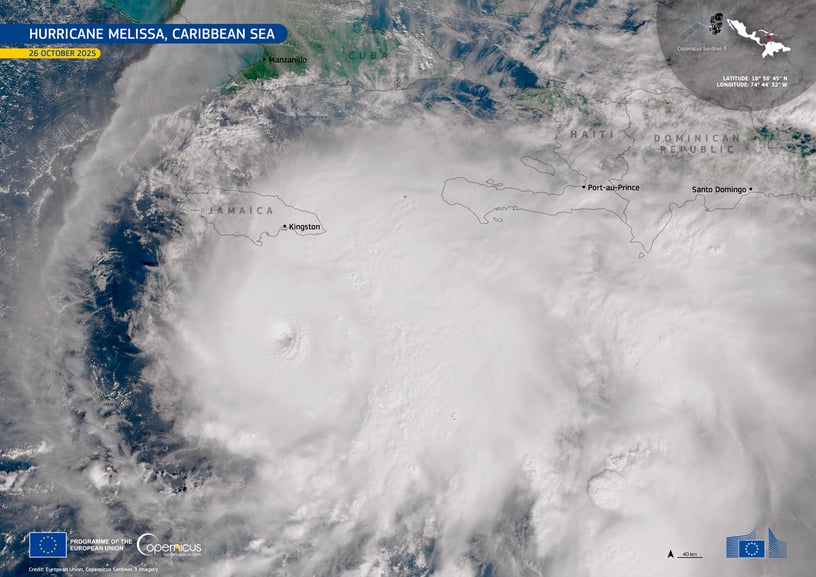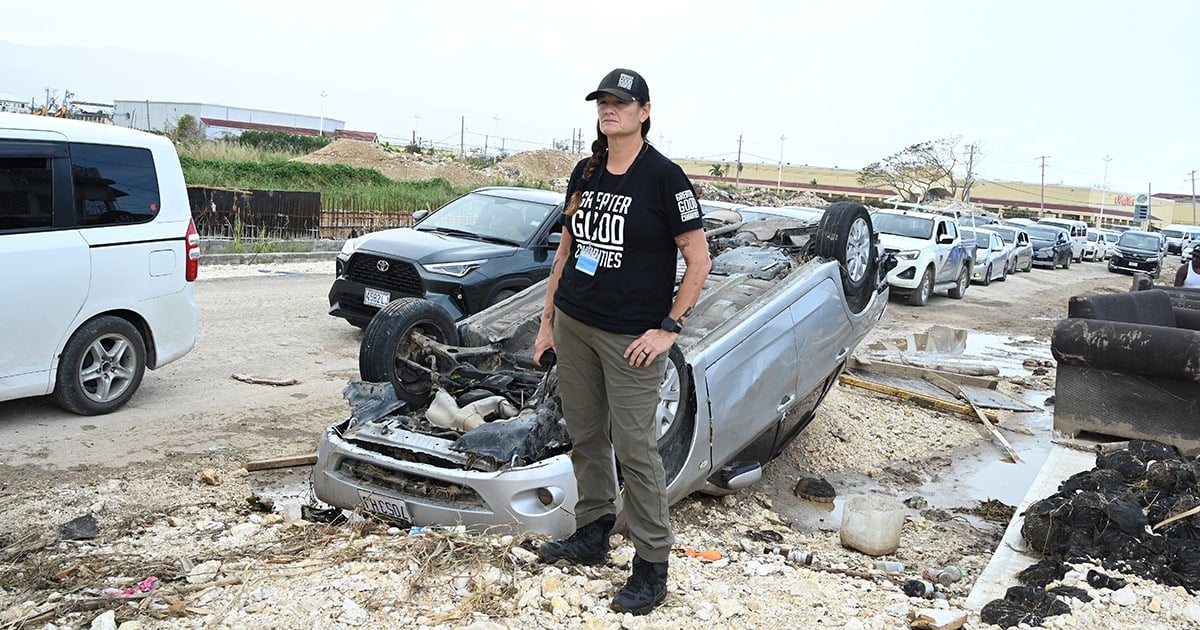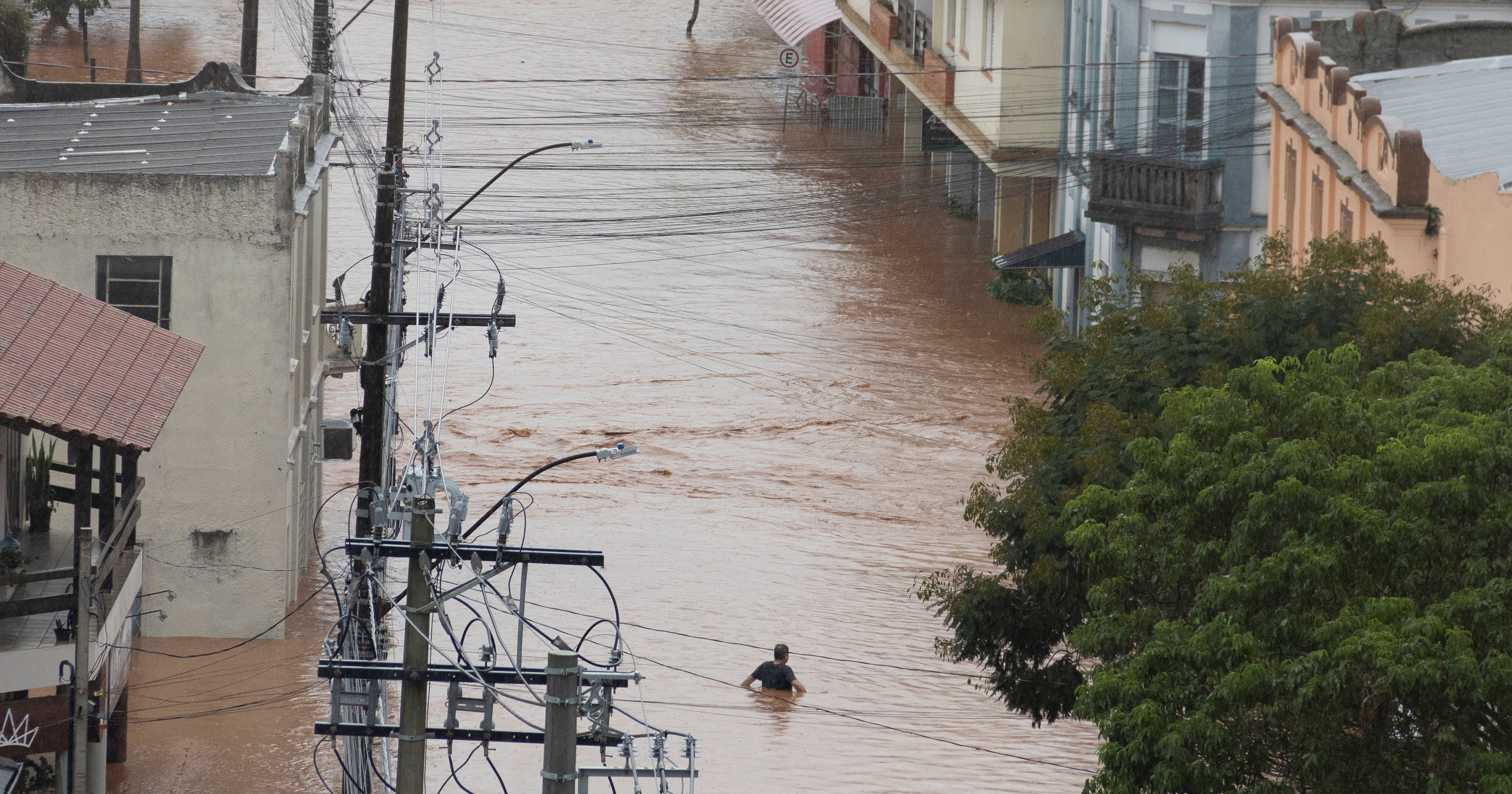Record-Breaking Hurricane Expected to Hit Jamaica

Rush Aid for Hurricane Melissa Now!
Melissa’s current status: a historic Category 5 storm
Hurricane Melissa rapidly intensified into a Category 5 hurricane over the weekend, making it one of the most powerful storms ever observed in the Atlantic. As of Monday morning (Oct 27, 2025), the storm was about 145 miles south of Kingston and moving northward. The National Hurricane Center reported that Melissa’s maximum sustained winds had climbed to 165 mph—stronger than any hurricane on record to strike Jamaica. Satellite imagery showed a perfectly circular eye and lightning in the eyewall, signs that the storm was still strengthening.
Mandatory evacuations and sheltering
Jamaican authorities have issued mandatory evacuation orders for vulnerable coastal communities. Officials have opened about 800 shelters across the country, and government agencies have mobilized bus services, the defense force, and disaster‑preparedness units to move residents to safety. Matthew Samuda, Jamaica’s minister for water and climate change, urged residents to “go to the shelters… go to higher ground because this can take lives”.
Expected rainfall, storm surge, and wind impacts
The slow forward speed of Melissa means the island will endure destructive conditions for a prolonged period. Forecasters warn of 15 – 30 inches of rainfall, with locally higher amounts up to 40 inches in mountainous regions. The storm surge—the rise of water above normally dry land—could reach up to 13 feet along Jamaica’s southern coast, inundating low‑lying neighborhoods such as Kingston Harbour and Old Harbour Bay. These factors, coupled with winds exceeding 160 mph, mean catastrophic flash flooding, landslides, and prolonged power outages are highly likely.
Impact forecast for Jamaica and beyond
Melissa’s worst impacts on Jamaica are expected from Monday through Tuesday, with hurricane‑force winds, torrential rain, and destructive storm surge lasting into Wednesday. Approximately 70 percent of Jamaica’s population lives within five kilometres of the coast, making them especially vulnerable to flooding and wind damage. The slow pace of the storm will prolong flooding and destructive winds, isolating communities and potentially overwhelming infrastructure.
After crossing Jamaica, the hurricane is forecast to track toward Haiti and the Dominican Republic, where it could dump 8 – 16 inches of rain and trigger additional landslides. By mid‑week, Melissa is expected to strike southeastern Cuba with 10 – 20 inches of rain and then move toward the Bahamas, with hurricane‑force winds and storm surge expected. The deadly storm has already claimed three lives in Haiti and one in the Dominican Republic.
Learning from history: Hurricane Gilbert and Jamaica’s vulnerability
Many Jamaicans remember Hurricane Gilbert, which struck the island in September 1988. Gilbert brought a 19‑foot storm surge to Jamaica’s eastern coast and severe winds that destroyed roughly 100,000 homes. It left 49 people dead and caused about $700 million in damage. Gilbert’s peak winds near Jamaica were around 135 mph, but already Melissa’s winds are currently 165 mph, a stark illustration of why forecasters believe Melissa could exceed the devastation of 1988. Investments in infrastructure since Gilbert, such as improved power grids and reinforced housing, may help, but officials admit that Jamaica has never tested its infrastructure against 160 mph winds.
How you can help: rush aid now
Jamaica faces an unprecedented threat from Hurricane Melissa. The combination of record‑breaking wind speeds, catastrophic storm surge, and torrential rainfall will test the island’s resilience. Your immediate support is critical.
Please consider making a tax‑deductible donation to Greater Good Charities’ Hurricane Melissa Disaster Relief fund. Your gift helps rush emergency aid like clean drinking water, food, medical supplies, and pet care to families and animals affected by the storm.
Greater Good Charities: There When It Matters®
Greater Good Charities has a longstanding record of rapid disaster response, delivering aid to people, pets, and wildlife when crisis strikes. Through our Disaster Relief program, we provide on‑the‑ground support and funds local partners to maximize relief for communities and pets. To date, Greater Good Charities has provided more than $109 million in disaster relief, supported 32 countries, and directly helped over 5.2 million people and pets. We prepare for weather events and crises, like hurricanes by pre‑positioning caches of food, water, medical supplies, and pet food in disaster‑prone areas. When disasters strike, we deliver food and supplies to affected people and pets, support food banks and animal shelters, helps rebuild damaged shelters, evacuate pets and wildlife, and even feed pollinator bees essential to agriculture.
During recent emergencies—including Hurricanes Helene and Milton, the Maui wildfires, and the Texas flash floods, we mobilized trucks of emergency aid within hours. For example, during the Los Angeles wildfires, Greater Good Charities delivered 495 tons of emergency aid and three million pet meals in the first month, along with medical supplies and wildlife support.


